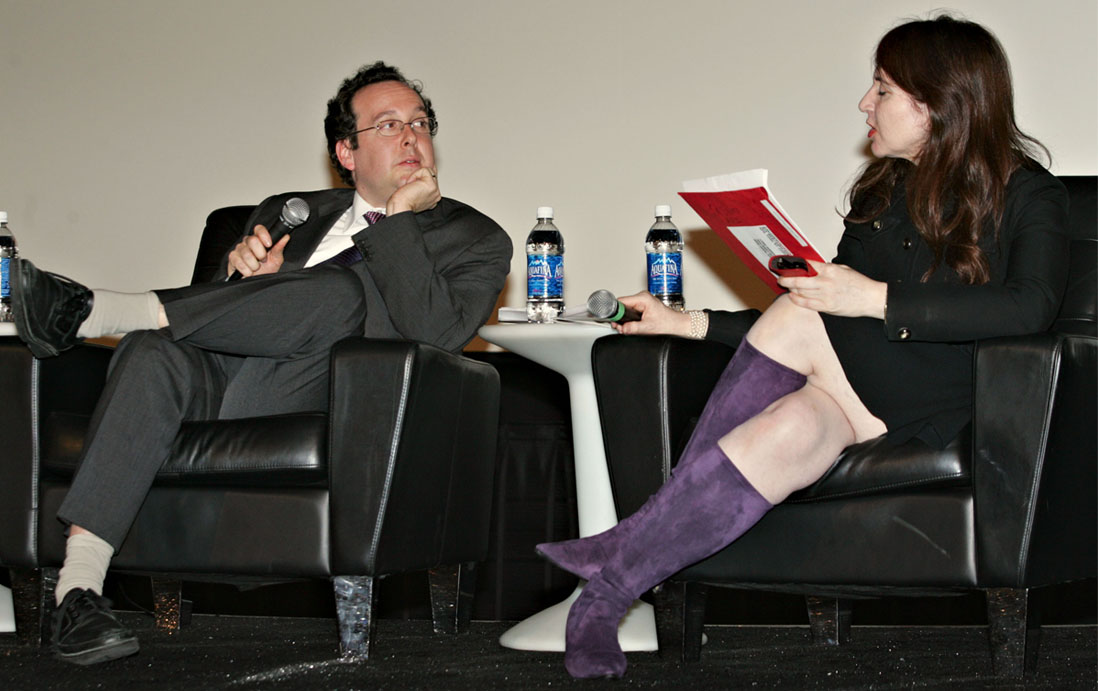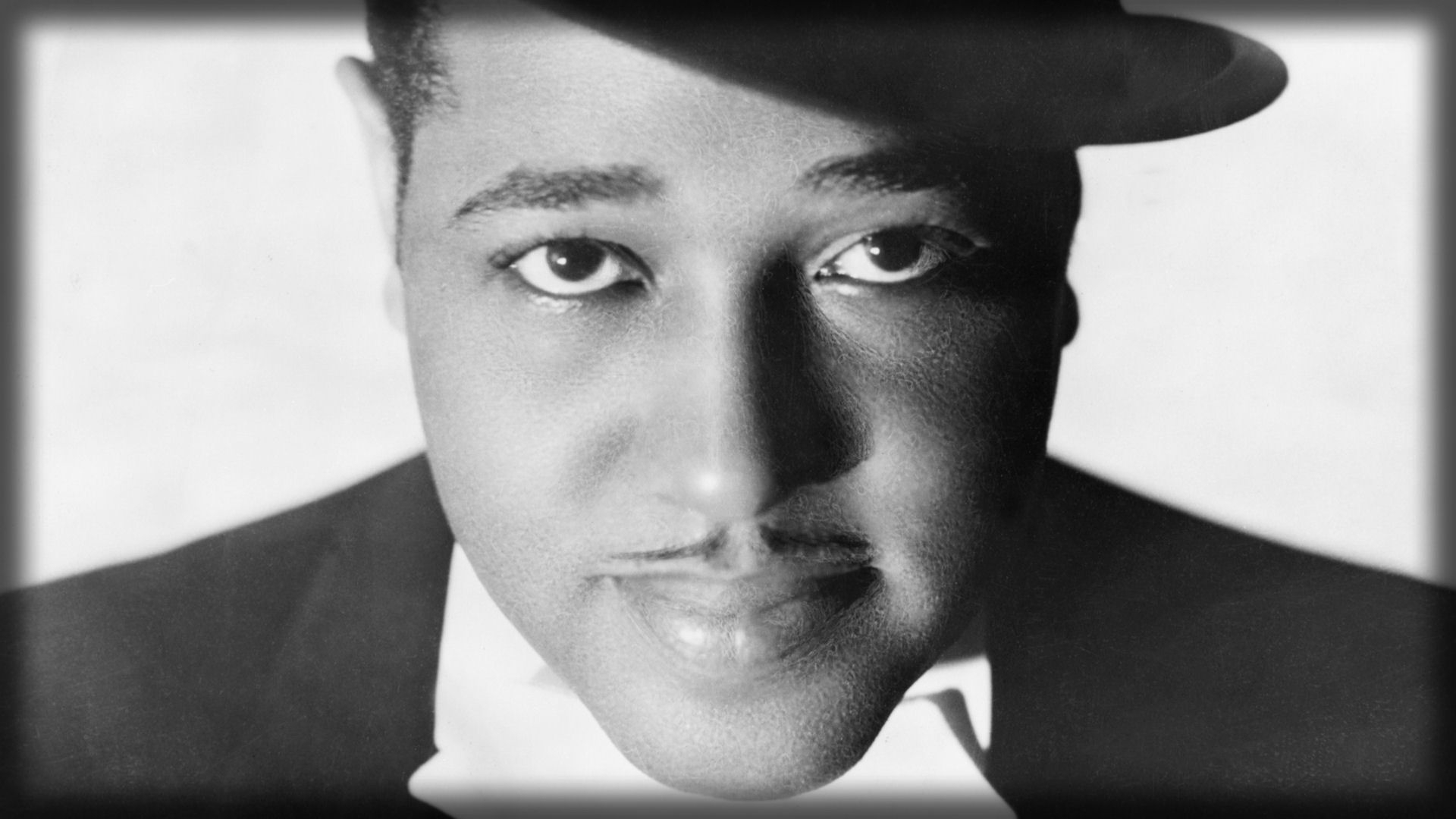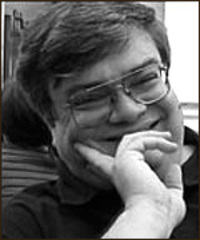There is certainly a case to be made against the increasing hostility to anything remotely “difficult” in American culture. Rebecca Mead rightly called out Ira Glass after the This American Life host tweeted “Shakespeare sucks” and opined that the Bard was “not relatable, unemotional.” Last month, the Washington Post published an op-ed written by a dullard named Justin Moyer that was indistinguishable from a small child banging out a spastic screed before his daily Ritalin shot. It began with the sentences, “Jazz is boring. Jazz is overrated. Jazz is washed up.” There is a legitimate sickness in our culture when sitcom experts complain about poptimism and this dreadful neologism is offered as a “cure” for book criticism. Calling someone with highbrow tastes a “snob” is no different from calling some undiscerning underground hip-hop listener a “backpacker” or suggesting that someone should be embarrassed for reading YA. But in shoehorning these problems into some vaguely expressed notion of “adulthood” in The New York Times, A.O. Scott has revealed himself as a flailing prescriptive type who would rather wolf down the few canapés remaining on the plate rather than share what’s left. If you don’t share his vulpine approach, you’re a “child.”
Adulthood, for Scott, means an embittered white male existence where an older woman who wears plastic butterfly barrettes in her hair is an unacceptable cancer to be sneered at and eradicated. He suggests that the adults we now see within culture are “symbolic figure[s] in someone else’s coming-of-age story” and he limits acceptable comic protagonists to people who have “something to fight for, a moral or political impulse underlying their postures of revolt.” (Never mind that Chaplin’s Tramp and Keaton’s Stoneface were essentially hard-on-their-luck guys who acted “morally” or “politically” in their narratives only on occasion and largely by accident.) Scott’s notion of adulthood is a concessional ideal, one that does not wish to learn from the work that gets through to people.
Scott fears that the “perpetual freedom and delight” of reading YA fiction means squeezing out the more “serious” titles and living a relentlessly juvenile life devoted to nothing more than slavish fandom. But this is an especially condescending way of looking at readers. Facebook recently compiled the results of a meme where users tagged each other, listing the “ten books that stayed with you in some way.” Both YA and “serious” titles left memorable impressions on readers. J.K. Rowling’s Harry Potter series took the top position. J.R.R. Tolkien, Suzanne Collins, Madeleine L’Engle, and C.S. Lewis snagged six slots in the top twenty. But readers still care very much about Shakespeare, Anne Frank, Elie Wiesel, Margaret Atwood, F. Scott Fitzgerald, Gabriel Garcia Marquez, Victor Hugo, Sylvia Plath, Cormac McCarthy, Fyodor Dostoevsky, Leo Tolstoy, Jack London, and Mark Twain. And they’ll continue to care about great literature as long as we continue to remain passionate about it. It is rather sad and delimiting that Scott cannot fathom a reader who likes both YA and books, much less the possibility of getting readers into YA hooked onto other forms of literature.
To some degree, I sympathize with Scott. When the distinguished indie publisher Coffee House Press spearheaded a Kickstarter campaign for an essay compilation on cat videos, I was skeptical. How could the same house that published J.M. Ledgard’s Submergence, Ben Lerner’s Leaving the Atocha Station, or Eimear McBride’s A Girl is a Half-formed Thing devote itself to such a superficial and ostensibly juvenile exercise? But then I remembered that I had edited and uploaded two cat videos — one that was a Keyboard Cat response to Spock’s melodramatic breakdown in “The Naked Time” and a Nyan Cat video that was in answer to a preposterous Herman Cain commercial. Both exercises were goofy attempts to understand the style of these then popular memes. I wanted to know why something got through to an audience by reverse-engineering it. So who was I to stand in the way of potential cat video scholarship, especially when an essay outlining the rise and popularity of the YouTube genre could lead readers to other thoughtful valleys?
My initial dismay originated from the kind of myopic view that Scott proffers in his essay. I worried that people who wanted to read about cat videos would not have opinions or interest in reading about Syria, ISIS, developments in Gaza, the recent fast food strike, income inequality, drones, journalistic ethics, the history of American imperialism, militarized police and the needless murders of unarmed men, racism, sexism, game theory, #gamergate and the increasing abuse towards women who speak their minds, and any number of important subjects that I can’t stop obsessing over as a thinking adult. On the other hand, if I want other people to care even a soupçon about issues I consider important, then it would be foolish of me not to examine what does get people excited. This is why I have read at least one volume of Harry Potter and Hunger Games. It is why I have played all three Bioshock games. It is why I listened to a One Direction album in full (never again). It is why I tuned into Beyoncé’s performance on the MTV Video Music Awards. Of course, it’s also important for me to read, watch, and listen to the art that people aren’t paying attention to. But if I want to be culturally fluent and communicate with people, then I need to get some baseline on what’s happening. I don’t have to like it. (Indeed, in many cases, I don’t.) But if I despise it, I can always go back to James Joyce, Shakespeare, Maria Bamford’s comedy, Ronna & Beverly, Westlake’s Parker novels, Iris Murdoch, the Marx Brothers, Mark Twain, The Shaggs, Fawlty Towers, The Prisoner, Alison Bechdel, Nina Simone, Charles Mingus, the hilariously misunderstood movie Shoot ‘Em Up, or any of the countless pleasures that keep me happy and inspired. I really don’t care what brow the art is supposed to rest on. Culture is omnifarious. It just has to be good.
Now when a scummy anti-intellectual jackanape proclaims that there is only one type of art to appreciate — whether it be Dan Kois employing his ADD and ample idiocy to protest high art he deems “cultural vegetables” or Ruth Graham telling Slate readers that they need to be ashamed of reading YA (a charge adeptly parried by the Washington Post‘s Alyssa Rosenberg) — it gets in the way of the natural all-encompassing pursuit. It creates a needless lie that something entertaining cannot be found in art or that something artful cannot be found in entertainment. It is precisely the kind of two-tiered, hypocritical approach to cultural engagement that Leslie A. Fiedler, who Scott glowingly quotes from, nailed in his essay, “The Middle Against Both Ends”:
There is no count of sadism and brutality which could not be equally proven against Hemingway or Faulkner or Paul Bowles — or, for that matter, Edgar Allen Poe. There are certain more literate critics who are victims of their own confusion in this regard, and who will condemn a Class B movie for its images of flagellation or bloodshed only to praise in the next breath such an orgy of highminded sadism as Le Salarie de la Peur. The politics of the French picture may be preferable, or its photography; but this cannot redeem the scene in which a mud- and oil-soaked truckdriver crawls from a pit of sludge to reveal the protruding white bones of a multiple fracture of the thigh. This is as much horror-pornography as Scarface or Little Caesear. You cannot condemn Superman for the exploitation of violence, and praise the existentialist-homosexual-sadist shockers of Paul Bowles. It is possible to murmur by way of explanation something vague about art or catharsis; but no one is ready to advocate the suppression of anything merely because it is aesthetically bad. In this age of conflicting standards, we would all soon suppress each other.
Scott can claim import in three notable deaths in Mad Men while avoiding any comparable speculation into the notable deaths in The Twilight Saga: Breaking Dawn — Part 2. He can bring up the death of television patriarchs, essentially the “adulthood” he covets in culture, but backpedal from articulating it (“this is not really an argument I want to have right now”). He can commend Walter White on Breaking Bad as a seductive monster, but not examine Olivia Pope’s comparable qualities on Scandal. (Scandal‘s last season finale racked up 10.5 million viewers. That’s a tad more than the 10.28 million people who watched “Felina,” the Breaking Bad finale.) Olivia Pope is arguably a “grown-up” character. Is it not fruitful to examine how Shonda Rhimes depicts adulthood in our culture? Or is Scott simply incapable of looking at the world through the eyes of anyone who isn’t a white person? What of the adulthood in Orange is the New Black? Key & Peele? The Bridge? (All of these shows, including Scandal, won the distinguished Peabody Award last year. All of these shows contain adult perspectives that are not presented from the white male side. None of these shows were mentioned by Scott in his essay.)
This dishonest notion of unvoiced Cacuasian privilege recalls Scott’s hostility to Spike Lee earlier this year, which resulted in an appropriately blistering response by Lee. It is not so much “the cultivation of franchises…that advance an essentially juvenile vision of the world” that Scott condemns. It is his timidity in confronting his myopia. He will wave a scolding finger at those who don’t fulfill his limited ideal of art as he trashes the “glass brownstone” of anyone trying to depict minorities and subcultures while making art. He cannot seem to value any perspective straying outside “the monument valley of the dying patriarchs.”
A.O. Scott is little more than a reactionary bore holding up a zombie ideal of “traditional adulthood” that involves being a Veblenian consumer too self-respecting “to be idiotic, selfish, and immature as well as sexually adventurous and emotionally reckless.” His essay rightly signals “a crisis of authority,” but it’s too bad he doesn’t have the guts to leave his lawn. He’d probably have a much better time, maybe discovering a few new ways to be adult along the way.



 Correspondent: In light of Armstrong’s remarks about the Little Rock Nine, and of course his infamous remarks about Eisenhower, did the guy have an FBI file? Were you able to…?
Correspondent: In light of Armstrong’s remarks about the Little Rock Nine, and of course his infamous remarks about Eisenhower, did the guy have an FBI file? Were you able to…?
 Correspondent: I should observe that you grew up in Houston.
Correspondent: I should observe that you grew up in Houston.